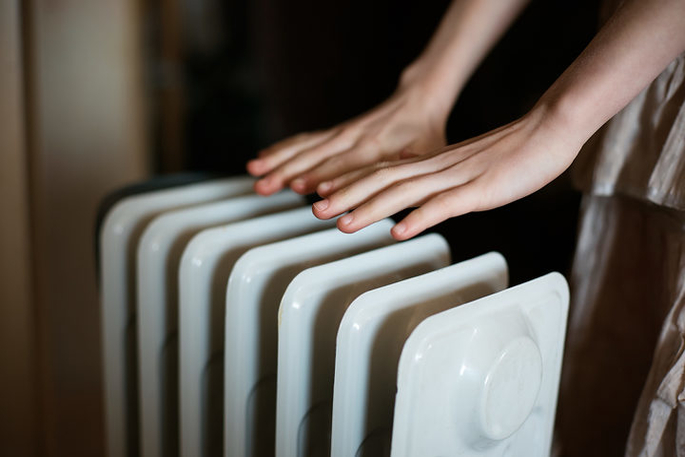Michael Begg, one of Aotearoa's first-ever energy advisors, has seen mushrooms growing in carpets and wallpaper peeling off walls.
He knows best how we go about keeping our homes running with a minimum indoor temperature of between 18 and 20 degrees - a recommendation set by the World Health Organisation.
The latest episode of Thrift explores the three big factors in keeping homes dry and warm - and how to make sure these factors are working as they should.
Insulation
If you want to pay less for heating, you need good insulation. Poorly installed pink batts with gaps are not going to cut it.
Colour and thickness are important, and if it's done right you should be able to find a label with the date and type of insulation near the manhole - proof it's been laid by a registered installer.
Under the floors, insulation is a two-step process - you want polythene stopping any rising damp and atop that, insulation blocking the cold coming up through the sub-flooring into the house.
On the windows - full double glazing is effective (but expensive) - and Michael believes wooden frames are better than the older aluminium ones. If you don't want to break the bank, there are hardware store options worth exploring to coat your windows.
"Insulation works by trapping a layer of air," Michael explains. So, "the benefit (of lined curtains) is when we are closing the curtains we are trapping a layer of air."
"When you close your curtain, you're trying to trap a layer of air between the curtain and the glass."
Michael says under new legislation all these insulation features should all be available in rental properties, along with ventilation and heating systems.
Ventilation
"We produce about a litre of condensation just breathing while we sleep, and that moisture has to go somewhere," Michael says.
"It's something you don't see.
"When we turn our heater on if the air is holding a lot of moisture we can use twice much energy to heat the same room if it's damp."
Twice as much energy equals twice the cost - so ventilation around the warmest part of the day can pay big dividends.
In the bathroom: "The most important thing is that we have an extractor fan and that it's vented outside, and that you have the heater."
Crank the heater for a few minutes before you get in the shower, and just as you're hopping in, turn on the extractor fan and open the window a crack, Michael reccommends.
"Particularly in modern homes, we know to draw air out of the bathroom, but we need to have a little bit of air coming in."
Michael is not a fan of heated towel rails. Left on 24/7, it's suggested they can cost between $15 and $30 a month. They may dry a towel, but the moisture is seeping out into other parts of the home, using more power to get rid of it. Consider hanging towels outside to dry.
Heating
Once insulation and ventilation are sorted, "heating is very simple", Michael says.
You just need to work out the right type of heating for your spaces.
"An old home, if you were to put on the fan heater or a heat pump slowly warming the air temperature, obviously we're losing that heat through gaps."
So - these work best in new homes with modern insulation, draft proofing and good ventilation systems. Or old homes which have had some work done.
In older homes, a radiant heater works well, as they are essentially like the sun.
"If you're sitting in front of a radiant heater, you feel warm... like the sun... if the sun were to come out you would feel warm straight away."
But avoid using them in bedrooms where they can be dangerous, Michael says, and opt for a convection or oil column or panel heater.
Finally, always open the curtains on a sunny day, especially on north-facing windows, to take full advantage of the free heat that will come gushing though the windows.



0 comments
Leave a Comment
You must be logged in to make a comment.